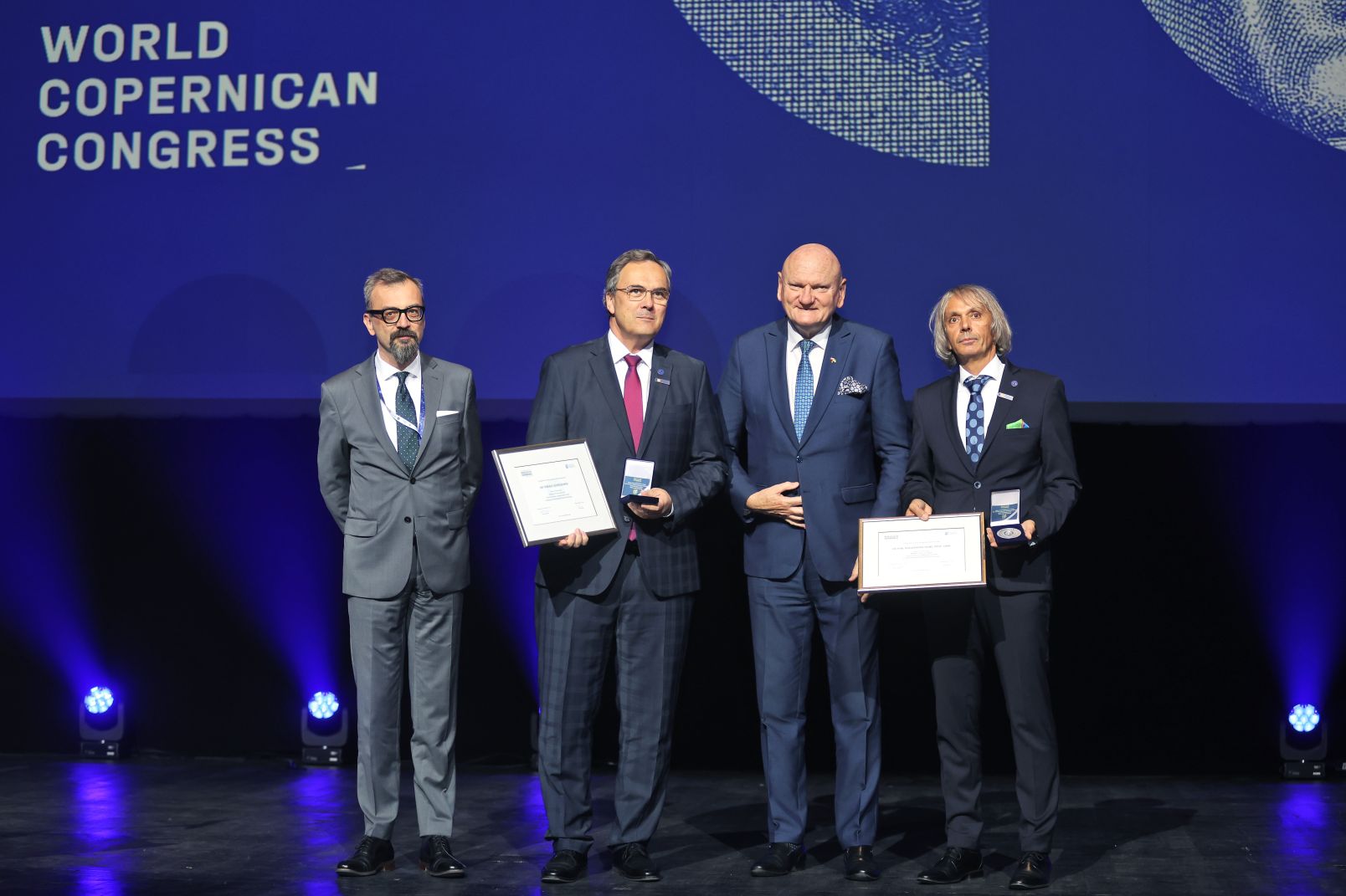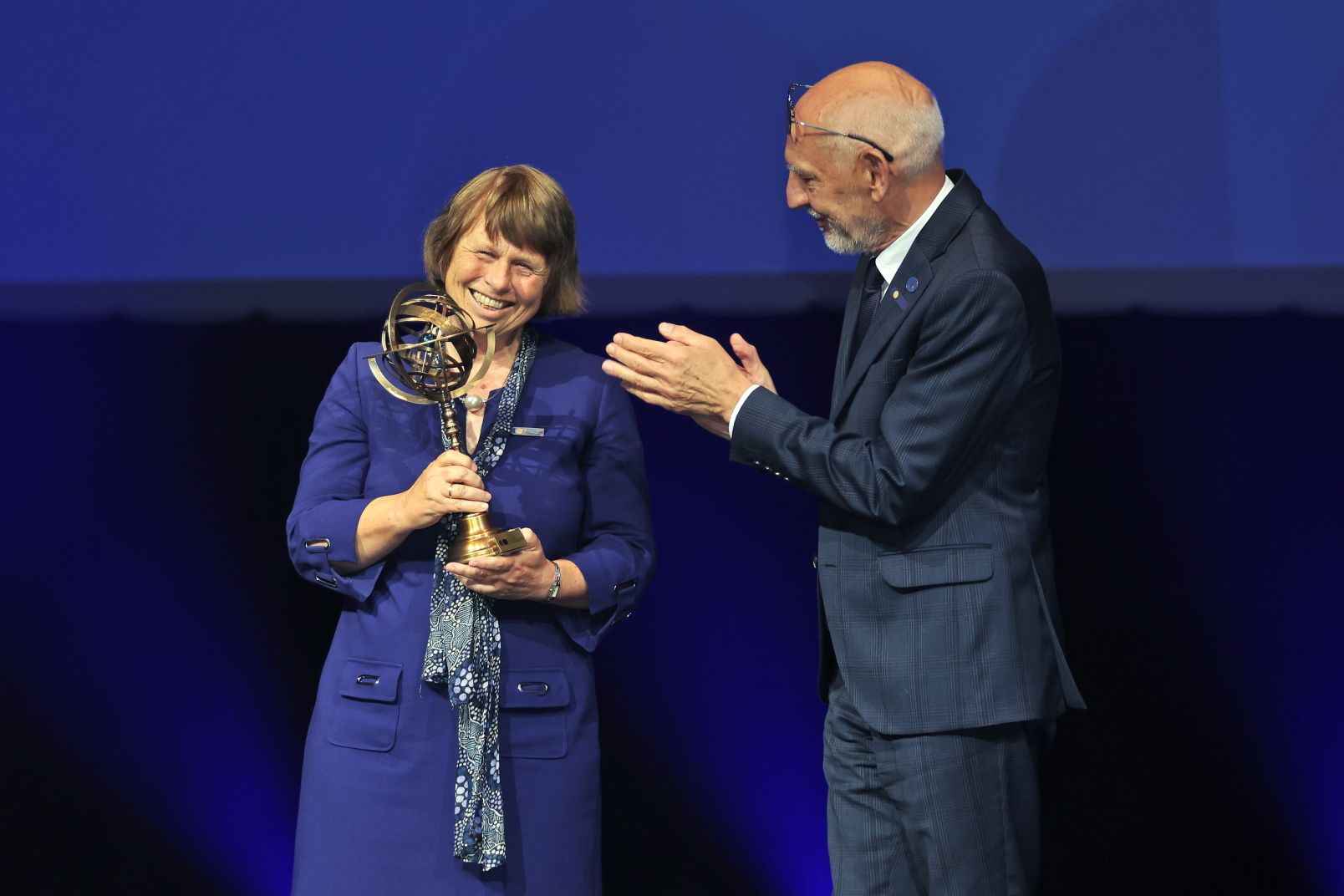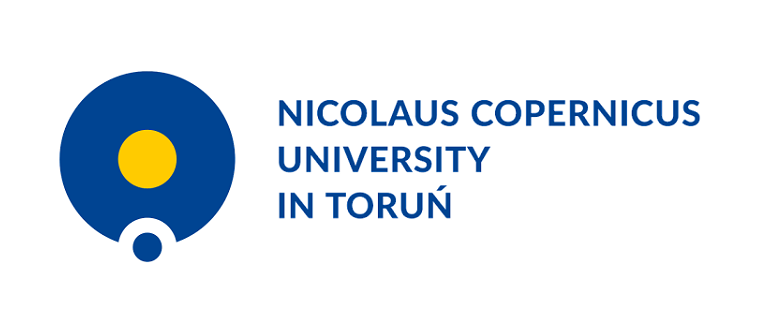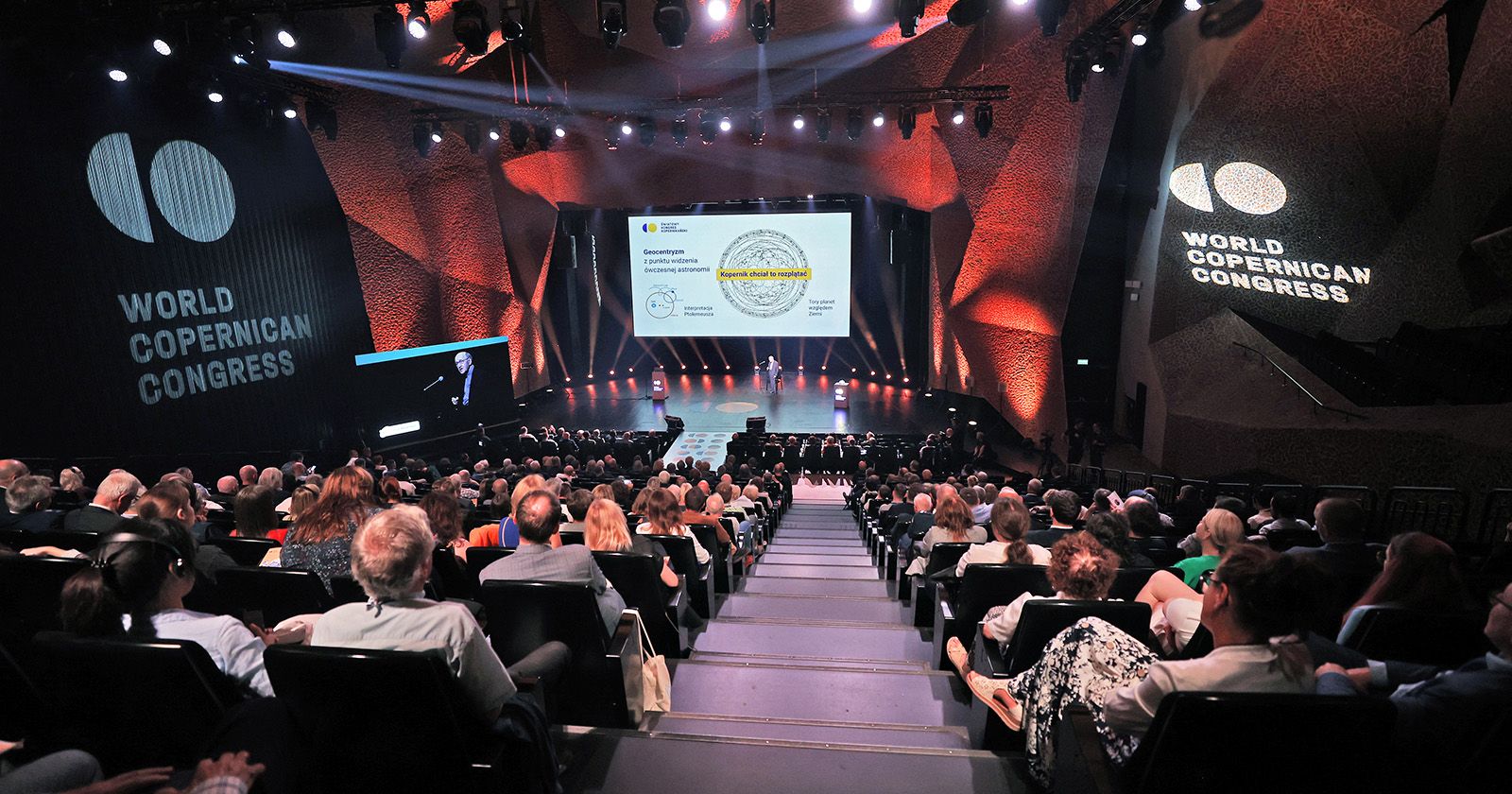The World Copernican Congress has just come full circle
A lecture by the eminent astrophysicist Professor Ewine van Dishoeck, the awarding of Copernican Medals and a concert by Anna Maria Jopek all added splendour to the closing ceremony of the World Copernican Congress on 15 September, which came full circle in Toruń after a nearly seven-month journey around Poland.
The Toruń edition of the World Copernican Congress has come to an end, being at the same time its crowning event. The Congress, organised to mark the 550th birthday of Nicolaus Copernicus by the Nicolaus Copernicus University in Toruń, the Jagiellonian University and the University of Warmia and Mazury, as well as the Institute of the History of Science of the Polish Academy of Sciences, was inaugurated on 19 February in Toruń, the city where Copernicus was born and grew up. In May, the proceedings moved to Kraków, where he studied, and in June to Olsztyn - the heart of Warmia, with which the scientist was associated for the last 40 years of his life. In September, the Congress returned to Toruń, where it had its grand finale on 15 September.
Today we officially close the World Copernican Congress, one of the most interesting, inspiring and comprehensive academic events in Poland in recent years,' Professor Andrzej Sokala, Rector of the Nicolaus Copernicus University in Toruń, said during a ceremony at the Jordanki Cultural and Congress Centre. - Our Congress has created and popularised the image of Copernicus, his life and work, and the fields of science he dealt with. The congress made us realise that Copernicus - a figure known to everyone - still remains a mystery, there are a lot of riddles and white spots in his life, a lot of conjecture and tedious historical work based on very scarce sources and partial accounts. However, even from this modest picture emerges a passionate man who was active in many fields. From the outset, we wanted to show Copernicus not as an outstanding, monumental figure, but as someone who could be close to us through his personal dilemmas, his search for the truth and his need to defend it regardless of the consequences.
The NCU Rector also noted that today, 550 years after the birth of Nicolaus Copernicus, we can honour him as one of the greatest minds in history, who deserved this title not only with his revolutionary discovery, but also - and just as importantly - with the creation of a scientific method based on reliable observations and calculations, a method that allows the results achieved to be repeated and confirmed.
How versatile a scientist Copernicus was is confirmed by the substantial programme of the Congress. In each of the WCC host cities, selected fields of science related to the interests and achievements of the founder of the heliocentric theory were the subject of discussions.
The Krakow proceedings were centred around two thematic sections: a philosophical section entitled 'The Copernican Legacy', and and the economics section entitled 'Around Money'. Prof. Jarosław Górniak, Jagiellonian University Vice-Rector for Development, recalled the Krakow phase of the Congress: - 'One of the topics we discussed was the philosophy of science, the development of science, actually looking at whether it is an evolutionary or revolutionary development, how science resonates with worldviews, how it is inspired by them and how much worldviews influence how researchers see the world. But there was also a second theme - a very important one, recalling the contribution of Nicolaus Copernicus, the renowned mathematician and astronomer, to the development of economic thought. The Krakow proceedings were also another step towards deepening the friendship between our three universities organising the Congress. Now that the full cycle has been completed, we leave here convinced that we will continue to work together in the future.

photo Andrzej Romański
During the Olsztyn proceedings, researchers raised a number of questions about Nicolaus Copernicus' public activities and attempted to shed new light on his biography. This area of debate was complemented by the museum and conservation section, which included topics devoted to the preservation of monuments associated with the astronomer. - Our part of the Congress was also rolling, we met not only in Olsztyn, but also in Lidzbark Warmiński and in that - as Copernicus himself put it - 'corner at the end of the world', in Frombork," concluded Professor Jerzy Przyborowski, Rector of the University of Warmia and Mazury. - The congress was an extraordinary event, for which we have been preparing for a very long time. What unites us is our pride in the fact that for part of his life, Nicolaus Copernicus was associated with the places where we live today.
The September finale of the Congress in Toruń included as many as six thematic sections: history of astronomy, cultural studies, history of medicine, medicine, education and youth.
The academic fabric of the programme in all cities was complemented by numerous accompanying events: exhibitions, concerts, meetings, discussions and other attractions. In Toruń, these included the largest ever exhibition of works by Marek Żuławski from the collections of the University Museum, presented at the Centre for Contemporary Art in Toruń, and one of the most spectacular recent museum exhibitions 'Mystery of the Sun. Copernicus, son of the Renaissance', which can be seen in the Old Town Hall. A special Copernican menu, referring to the recipes of Renaissance cuisine, awaits customers of several Toruń restaurants.
Friday's ceremony was an opportunity to thank all those involved in the organisation of the Congress and to honour those whose contribution was the greatest. The Mayor of Toruń, Michał Zaleski, awarded that evening the Copernicus Medals to dr Tomasz Jędrzejewski, the NCU Chancellor who was a member of the WCC organisational committee, and Prof. Mieczysław Kunz, who coordinated the preparation of the Congress. The commemorative medal, specially minted on the occasion of the Year of Nicolaus Copernicus, is awarded to persons and institutions of particular merit for the preservation of the Copernican tradition.

photo Andrzej Romański
The closing ceremony of the Congress was highlighted by a lecture by a special guest. The keynote speech entitled. 'From Nicolaus Copernicus to James Webb New World Views' was delivered by Prof. Ewine van Dishoeck of Leiden University, Professor of Molecular Astrophysics, President of the International Astronomical Union from 2018 to 2021, and an accomplished science populariser, a researcher known for her work on the development of the world's most powerful telescopes, including the James Webb Space Telescope. - 'Astronomy is a very inclusive field,' noted Prof Ewine van Dishoeck. - The view of the night sky is available to everyone, everywhere in the world. Even in difficult times, we always have a sky to look up to and it can be a source of inspiration for us. You only have to look into it to start wondering after a while where we come from, what our place in the universe is.

photo Andrzej Romański
Prof Ewine van Dishoeck also stressed that the amazing revolution that Nicolaus Copernicus started five centuries ago is still going on today: - This is possible, among other things, thanks to the magnificent modern telescopes we have at our disposal, including the James Webb telescope, the scientist added.
Although the World Copernican Congress is now history, it is already clear that the cooperation established during its organisation will be continued. The first announcement of further joint activities is the letter of intent signed on 12 September by the rectors of NCU, UJ and UWM on the establishment of the International Copernican Research Centre. - Our work does not end here,' confirmed Prof Krzysztof Mikulski, director of the Copernican Research Centre at the Nicolaus Copernicus University and initiator of the WCC. - The Congress is the beginning of further research and activities that will help us better understand the legacy of Nicolaus Copernicus. In less than 20 years, we will be celebrating an extremely important anniversary - the 500th anniversary of the publication of the work 'De revolutionibus...', which has become a symbol of the modern scientific revolution.
World Copernican Congress in numbers:
- 3 cities where the sessions were held;
- 4 organising institutions;
- 5 Copernican debates that preceded the Congress;
- 11 congress thematic sections;
- 15 plenary sessions;
- 60 scientific sections;
- 190 speakers, including 80 from abroad - from 20 countries, including the USA, Canada, Australia, Brazil, Italy, Spain;
- 1600 participants;
- 260 people attending the Congress of the Polish Astronomical Society, which accompanied the Congress;
- 520 works submitted to the poster competition accompanying the Olsztyn part of the Congress;
- 250 scientific, administrative and technical staff and volunteers involved in the preparation of the Congress;
- 35 organisations involved as patrons of the WCC.
 NCU News
NCU News







 Campus life
Campus life

 Campus life
Campus life
